The concept of dynamic architecture has taken a bold leap forward with Dubai’s proposed “Dynamic Skyscraper”, a revolutionary building where each floor can rotate a full 360 degrees independently. This architectural marvel promises to redefine urban landscapes, blending cutting-edge engineering with futuristic design. Unlike traditional static structures, this skyscraper embodies movement and adaptability, offering an ever-changing silhouette against the city’s skyline.
Designed by the visionary architect David Fisher, the Dynamic Skyscraper is more than just a building—it’s a living, breathing entity. Each floor rotates at a slow, deliberate pace, allowing residents to control their view with the touch of a button. Imagine waking up to a sunrise over the Arabian Gulf and, by afternoon, enjoying a panoramic vista of the Dubai Marina. The building’s kinetic nature ensures that no two moments are the same, creating a dynamic interplay between structure and environment.
The engineering behind this project is nothing short of groundbreaking. The rotation mechanism relies on a sophisticated system of motors and bearings embedded within the core of the building. These components work in harmony to ensure smooth, silent movement without compromising structural integrity. The skyscraper’s frame is designed to withstand the additional stresses caused by rotation, employing advanced materials like carbon fiber and reinforced steel. Wind resistance, a critical concern for any tall structure, is mitigated through aerodynamic shaping and real-time adjustments to the rotation speed.
Sustainability lies at the heart of the Dynamic Skyscraper’s design. The building incorporates wind turbines between floors, harnessing the energy generated by the structure’s movement to power its rotation and other systems. Solar panels integrated into the façade further reduce its carbon footprint, making it a model for eco-friendly urban development. Fisher’s vision extends beyond aesthetics, aiming to create a self-sufficient building that generates more energy than it consumes.
The interior spaces of the Dynamic Skyscraper are as innovative as its exterior. Each apartment is a modular unit, prefabricated off-site and installed into the building’s framework. This approach not only speeds up construction but also allows for unparalleled customization. Residents can choose their layouts, finishes, and even the rotation speed of their floor. The result is a living space tailored to individual preferences, redefining luxury in the process.
Dubai, no stranger to architectural audacity, provides the perfect backdrop for this project. The city’s skyline, already dotted with iconic structures like the Burj Khalifa and the Palm Jumeirah, will gain another landmark that pushes boundaries. The Dynamic Skyscraper aligns with Dubai’s ethos of innovation and excess, symbolizing its relentless pursuit of the extraordinary. It’s a testament to human ingenuity and a glimpse into the future of urban living.
Critics, however, have raised concerns about the practicality of such a project. The complexity of the rotating mechanism poses significant maintenance challenges, and the long-term durability of moving parts remains untested. Additionally, the astronomical costs associated with construction and upkeep may limit the building’s appeal to only the wealthiest buyers. Yet, proponents argue that the Dynamic Skyscraper is a necessary evolution in architecture, one that prioritizes adaptability and sustainability over convention.
Beyond its technical achievements, the Dynamic Skyscraper represents a philosophical shift in how we inhabit spaces. It challenges the notion of buildings as static entities, inviting us to rethink our relationship with the environments we create. In a world where change is the only constant, a structure that embraces fluidity feels both timely and inevitable. Whether it becomes a widespread trend or remains a singular marvel, its impact on architecture is undeniable.
As construction progresses, the world watches with bated breath. The Dynamic Skyscraper is more than a building—it’s a statement. It dares to ask: why should our cities stand still when we don’t? In answering that question, it may just pave the way for a new era of dynamic, responsive architecture. For now, Dubai’s rotating towers remain a dazzling promise of what’s possible when imagination meets engineering.

By Amanda Phillips/Apr 12, 2025
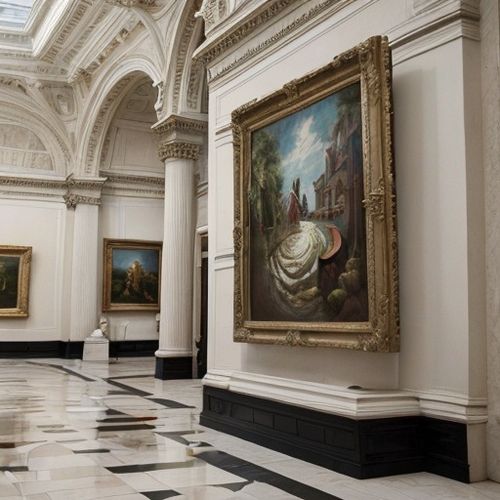
By Christopher Harris/Apr 12, 2025

By Laura Wilson/Apr 12, 2025
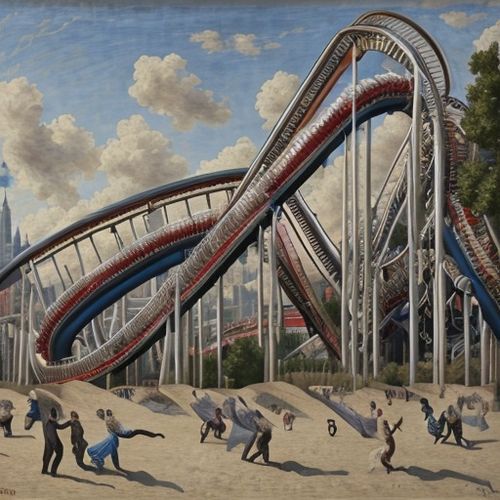
By Olivia Reed/Apr 12, 2025

By Daniel Scott/Apr 12, 2025
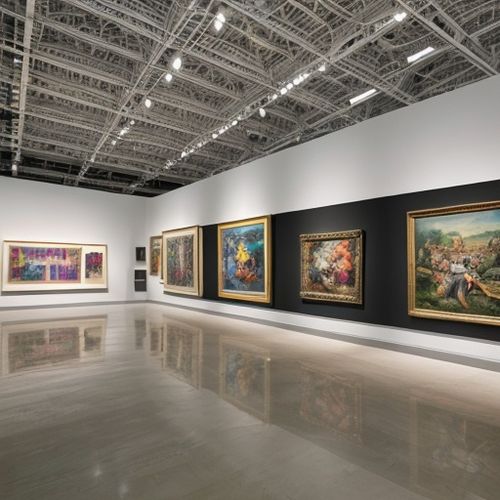
By James Moore/Apr 12, 2025
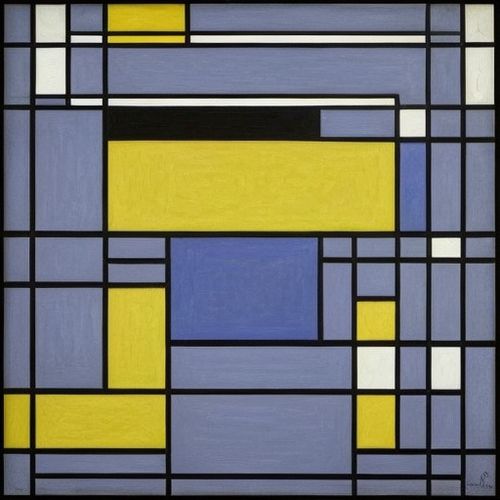
By Jessica Lee/Apr 12, 2025

By Benjamin Evans/Apr 12, 2025
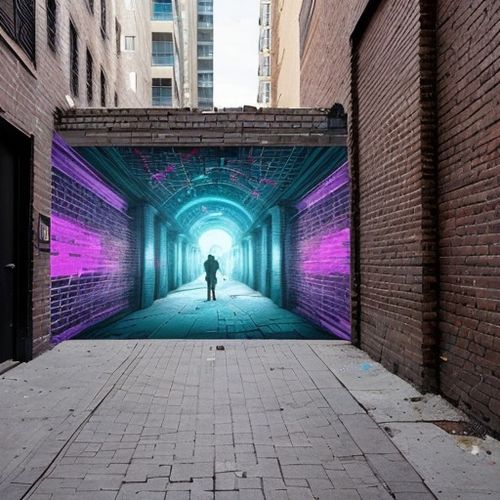
By William Miller/Apr 12, 2025

By Daniel Scott/Apr 12, 2025
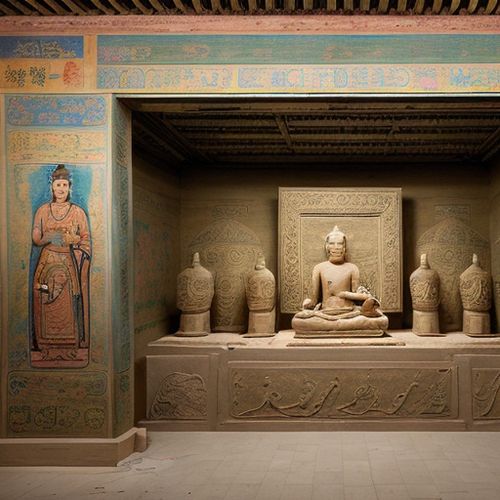
By Elizabeth Taylor/Apr 12, 2025

By Joshua Howard/Apr 12, 2025
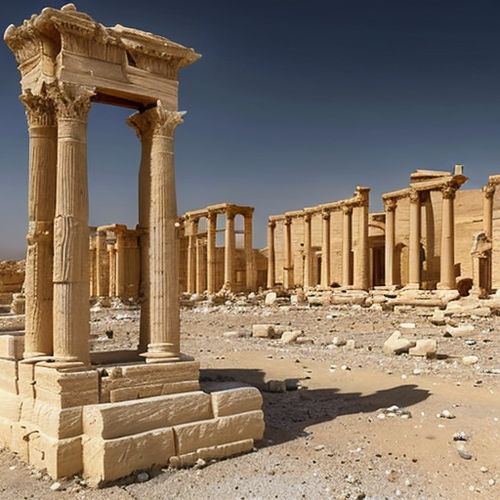
By William Miller/Apr 12, 2025

By James Moore/Apr 12, 2025
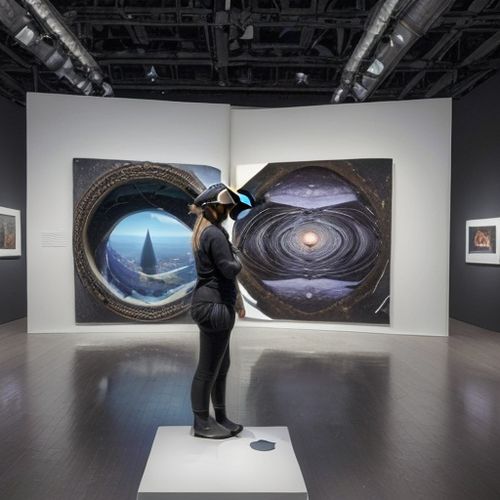
By Elizabeth Taylor/Apr 12, 2025

By Sarah Davis/Apr 12, 2025
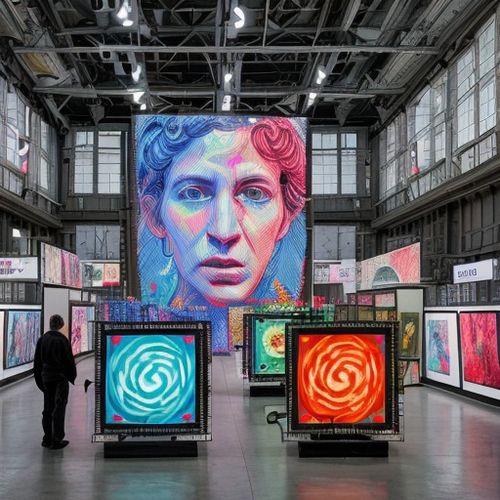
By Christopher Harris/Apr 12, 2025
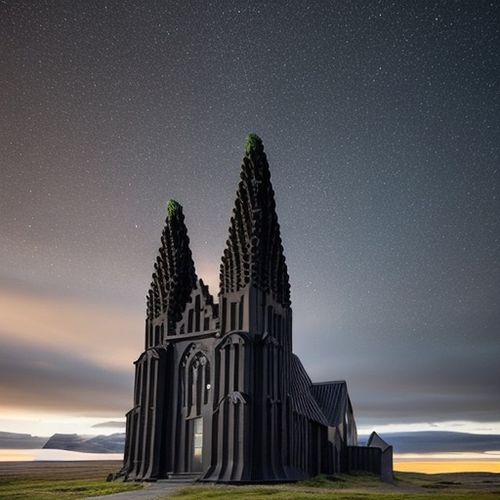
By George Bailey/Apr 12, 2025

By John Smith/Apr 12, 2025
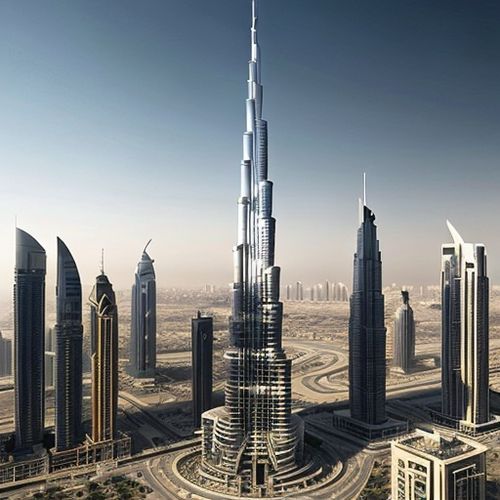
By Christopher Harris/Apr 12, 2025